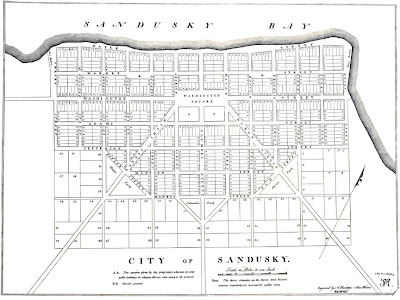OLEIDA is an acronym for the Ohio Lake Erie Island District Association, which was an organization that promoted tourism in the north central portion of Ohio, later known as “Vacationland.” In July of 1931, uniformed Boy Scouts passed out OLEIDA booklets and area maps at the southeast and northwest corners of Wayne and East Washington Streets.
An advertisement in the July 3, 1930 issue of the Sandusky Star Journal stated that the Lake Shore Electric Railway was the direct line to “Oleida.”
The Sandusky Star Journal of July 11, 1931 announced that Put in Bay would be celebrating “Oleida Day” on July 14, during the Interlake Regatta.
In the winter of 1932-1933, Sandusky area merchants sponsored a contest in which young ladies in Sandusky could win a trip to Bermuda, while ladies from the region outside Sandusky could win a trip to New York and Washington D.C. For every dollar spent at each merchant, 100 votes would be cast for the lady of your choice. The Sandusky Register of January 18, 1933 reported that Alice Mix was chosen as “Miss Oleida” and Mildred Cullen had won the title of “Miss Sandusky.”
During the Depression years of the 1930s, Sandusky area residents’ days were brightened by the promotional activities of the Ohio Lake Erie District Association, and visitors from other parts of the state and country were introduced to the joys of fishing, boating, and other activities found in the north central part of Ohio.

 this blog
this blog








































